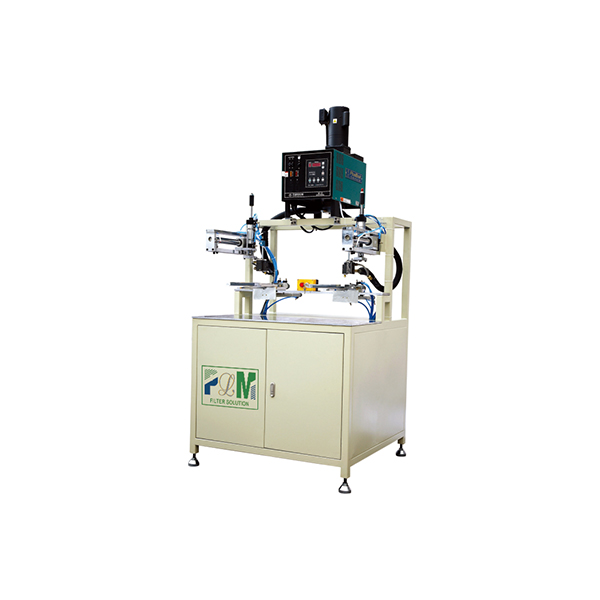Dec . 04, 2024 04:46 Back to list
wastewater treatment plant
Wastewater Treatment Plants Essential for Sustainable Water Management
Wastewater treatment plants (WWTPs) play a crucial role in modern society by ensuring that wastewater generated from residential, industrial, and commercial sources is properly treated before being released back into the environment. As urban populations expand and industries grow, the challenge of managing wastewater effectively becomes increasingly important for both public health and environmental sustainability.
The Necessity of Wastewater Treatment
Wastewater is water that has been used and is no longer suitable for its original purpose without treatment. This can include water from households, factories, and stormwater runoff. If untreated, wastewater can lead to severe environmental and health problems. It can contaminate local water bodies, leading to the degradation of aquatic ecosystems and the spread of waterborne diseases. Therefore, wastewater treatment is not merely an option; it is a necessity for protecting both our environment and communities.
How Wastewater Treatment Plants Work
The treatment of wastewater typically involves several stages, each designed to remove different types of contaminants. The primary stages of wastewater treatment include
1. Preliminary Treatment This initial phase involves the removal of large solids and debris from the wastewater. Screens and grit chambers are often used to filter out materials such as sand, plastic, and other large objects that could damage equipment in later stages.
.
2. Primary Treatment In this phase, the wastewater is allowed to settle in large tanks. The heavier solids sink to the bottom, forming sludge, while lighter materials such as oils and grease float to the top. The separated sludge is then removed, while the liquid portion moves on to secondary treatment.
3. Secondary Treatment This biological phase of treatment uses microorganisms to break down organic matter in the wastewater. Various methods exist, including activated sludge processes and biofilm reactors. These methods efficiently convert toxic organic substances into harmless byproducts, significantly reducing pollution levels.
4. Tertiary Treatment This stage is focused on further polishing the treated water to remove remaining contaminants, including nutrients like nitrogen and phosphorus, which can cause algal blooms in receiving water bodies. Advanced techniques such as filtration, nutrient removal processes, and disinfection (using chlorine or ultraviolet light) are employed to ensure the water is safe for release.
wastewater treatment plant

5. Sludge Treatment The sludge collected during primary and secondary treatment undergoes further processing to reduce its volume and stabilize it. This might include anaerobic digestion, which not only decreases sludge mass but also produces biogas that can be utilized as renewable energy.
The Environmental and Economic Benefits
Investing in wastewater treatment plants offers numerous environmental and economic benefits. Firstly, treated wastewater can be safely discharged back into rivers, lakes, and oceans, thus protecting aquatic habitats and ensuring the safety of drinking water sources. In some regions, treated wastewater is even reused for irrigation and industrial processes, contributing to water conservation efforts.
Secondly, effective wastewater management supports economic development. By reducing pollution and improving public health, communities can enhance their quality of life, attract businesses, and promote sustainable tourism. Moreover, the creation of green jobs within the wastewater sector contributes to local economies.
Challenges and Innovations
Despite their importance, wastewater treatment plants face significant challenges. Aging infrastructure, budget constraints, and the need to adapt to climate change impacts require innovative approaches. New technologies, such as membrane bioreactors and artificial intelligence for system management, are being explored to improve efficiency and reduce operational costs.
Furthermore, the integration of renewable energy sources into wastewater treatment operations can significantly lower carbon footprints, turning plants into examples of circular economy practices. For instance, utilizing biogas generated from anaerobic digestion for electricity can decrease reliance on fossil fuels.
Conclusion
Wastewater treatment plants are essential facilities that contribute to public health, environmental protection, and economic sustainability. As global populations continue to grow, the need for advanced wastewater treatment solutions will only increase. By investing in modern technologies and infrastructures, we can ensure that our water resources are managed sustainably for future generations. The journey of wastewater from the drain to treated water represents a vital cycle that links human activity to the natural environment, emphasizing the importance of clean water for all aspects of life.
-
Active Carbon Air Filter for Air Purifier – Superior Odor & Allergen Removal
NewsJul.24,2025
-
High-Efficiency Active Carbon Air Filter for Air Purifier | Odor & Allergen Removal
NewsJul.23,2025
-
Active Carbon Air Filter for Air Purifier – High Efficiency Filtration Solution
NewsJul.22,2025
-
Durable Sintered Porous Metal Filter Tube Cup & Machines
NewsJul.22,2025
-
Effective Active Carbon Air Filter for Purifiers | Eliminate Odors
NewsJul.21,2025
-
PLJT-250-25 Full-auto Turntable Clipping Machine | Efficient Automation
NewsJul.20,2025
